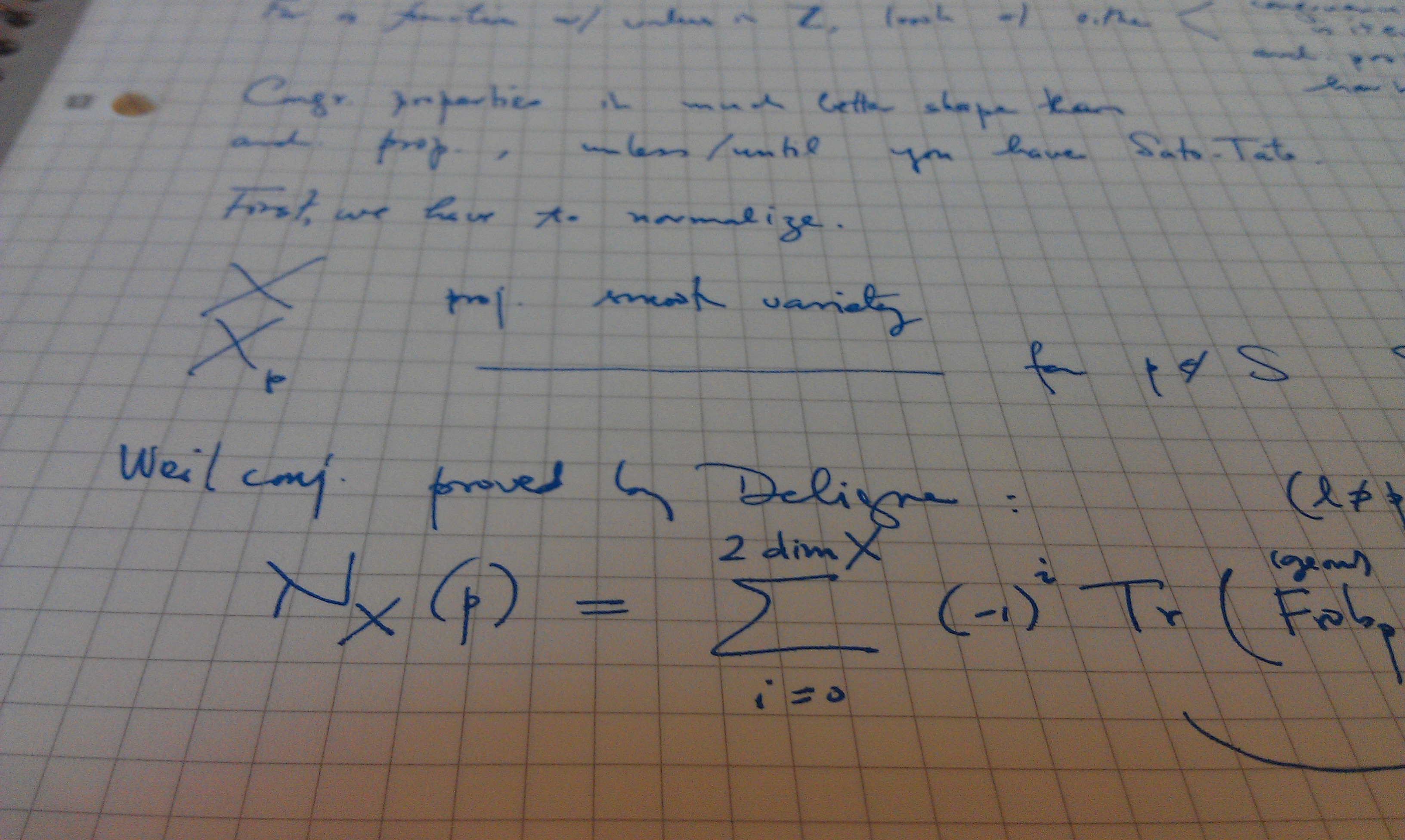Publication Date
2015
Journal or Book Title
PHYSICAL REVIEW D
Abstract
Solitons are very effective in transporting energy over great distances and collisions between them can produce high energy density spots of relevance to phase transformations, energy localization and defect formation among others. It is then important to study how energy density accumulation scales in multisoliton collisions. In this study, we demonstrate that the maximal energy density that can be achieved in collision of N slowly moving kinks and antikinks in the integrable sine-Gordon field, remarkably, is proportional to N2, while the total energy of the system is proportional to N. This maximal energy density can be achieved only if the difference between the number of colliding kinks and antikinks is minimal, i.e., is equal to 0 for even N and 1 for odd N and if the pattern involves an alternating array of kinks and antikinks. Interestingly, for odd (even) N the maximal energy density appears in the form of potential (kinetic) energy, while kinetic (potential) energy is equal to zero. The results of the present study rely on the analysis of the exact multisoliton solutions for N ¼ 1; 2, and 3 and on the numerical simulation results for N ¼ 4; 5; 6, and 7. The effect of weak Hamiltonian and non-Hamiltonian perturbations on the maximal energy density in multikink collisions is also discussed as well as that of the collision relative phase. Based on these results one can speculate that the soliton collisions in the sine-Gordon field can, in principle, controllably produce very high energy density. This can have important consequences for many physical phenomena described by the Klein-Gordon equations
Pages
056005-1 - 056005-11
Volume
92
Issue
056005
Recommended Citation
Saadatmand, Daniel; Dmitriev, Sergey V.; and Kevrekidis, Panayotis G., "High Energy Density in Multisoliton Collisions" (2015). PHYSICAL REVIEW D. 1232.
Retrieved from https://scholarworks.umass.edu/math_faculty_pubs/1232

Comments
Uploaded as published. DOI: 10.1103/PhysRevD.92.056005